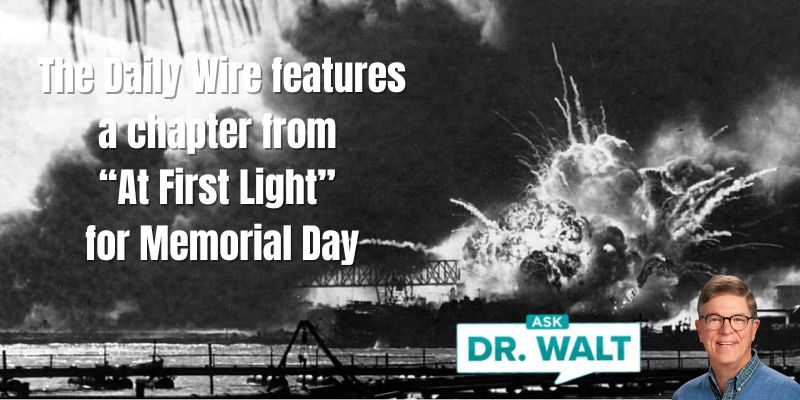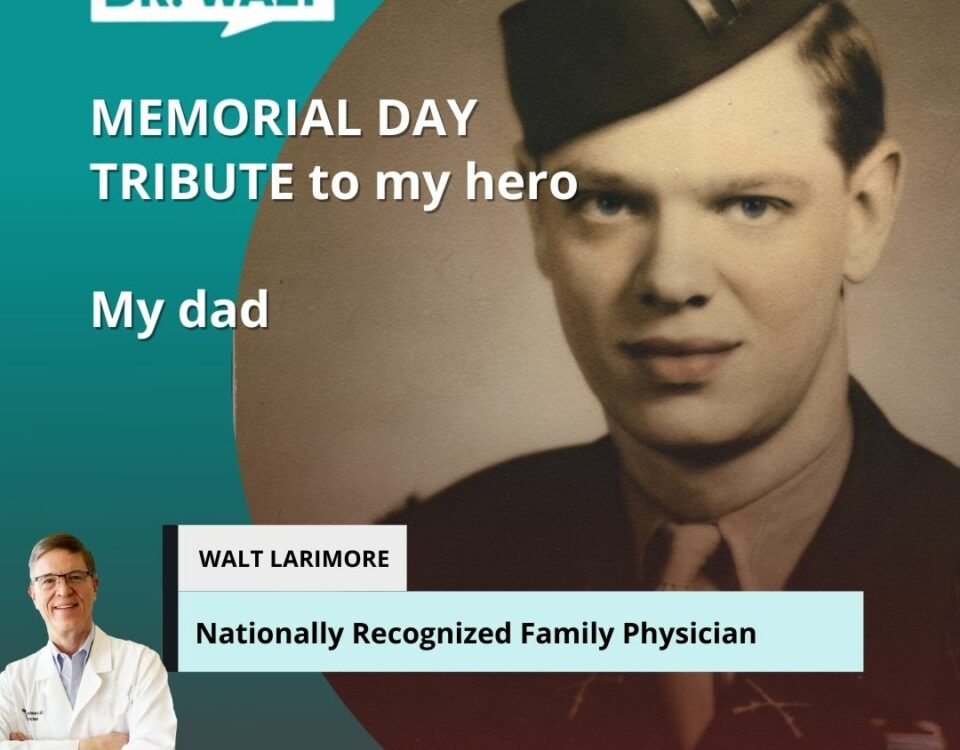
NEWS: My New Devotional: “What the Bible Says About …”
April 10, 2024
April 11, 1944 — What It’s Like With The Yanks In Their Anzio Dugouts
April 11, 2024War Correspondent Ernie Pyle wrote, “Our artillery up here [on Anzio] is terrific. The beachhead being as small as it is, we can whenever we wish train every gun in the Fifth Army forces on a single German target. In my wartime life I’ve had a good many stray shells in my vicinity, but not until I came to the beachhead was I ever under an actual artillery barrage.”[1]

Ernie continued:
The Germans shell us at intervals throughout the day and night, but usually there are just one or two shells at a time, with long quiet periods in between.
The other night, however, they threw a real barrage at us. It was short, but boy, it was hot. Shells were coming faster than you could count them. One guess is as good as another, but I’d estimate that in two minutes they put 150 shells in our area.
I was in bed, in a stone house, when it started, and I stayed in bed, too, simply because I was afraid to get up. T just reached out and put my steel helmet on, and covered my head with a quilt, and lay there all drawn up in a knot.
Shells came past the corner of the house so close their mere passage would shake the windows. A shell that close doesn’t whine or whistle. It just goes “whish-bang!”
The whole house was rattling and trembling from constant nearby explosions. The noise under a barrage is muddling and terrifying. Of course we had casualties, but our own house came through unscathed.
That little barrage seemed awful to us and it was awful, but just think—we had maybe 150 shells around us in two minutes, but I know of cases where our guns have fired incessantly hour after hour until we have put 30,000 shells in a single German area.
We have had reports that the Germans were burying their dead with bulldozers, there were so many of them.
I had lunch with one of our artillery batteries which shoots the big Long Toms. They’ve been in the thick of the fighting since year ago December—three phases of Tunisia, then Sicily, then through the Salerno-Cassino push. Yet they’ve fired more rounds since they’ve been sitting here in one spot on the Anzio beachhead than they did in the entire year before that. And they told me of another battery which fired more in four hours one night than in the previous eight months.
The Germans throw so much stuff back at them that the fields around them are gradually being plowed up. Yet this battery has had nobody killed, and only a few wounded.
They told of one soldier who was standing in a ditch the other day with one foot up on the bank. An 88 shell went right between his legs, bored into the bottom of the ditch, blew an artillery range-finder all to pieces, and never scratched the fellow. But after it was over, he was so scared he was sick for two days.
The men of this battery say that people who come to visit them, such as nearby ack-ack crews, road patrols and ammunition truckers, are always the ones who get hit. Being in the visitor category myself, I said a quick goodby and was last seen going rapidly around an Italian strawstack.
One gun of this battery, incidentally, has a funny little superstition. It seems that on the very first shell they ever fired when they hit Africa, in 1942, they chalked a message—the kind you’ve seen in photographs—saying ‘Christmas Greetings to Hitler,’ and all put their names on it.
They sent the shell over, and immediately the Germans sent one back which exploded so close to the gun-pit it wounded seven of the 12 men who had chalked their names on the American shell. From that day to this, that crew won’t chalk anything on a shell.
One day an Army photographer came around to take some pictures of this gun crew firing. He asked them to chalk one of those Hitler messages on the shell.
The crew obliged and he took the picture. But what the photographer doesn’t know is that the shell was never fired. After the photographer left, they carried it up the hillside, dug a hole and burled it.
[1] Ernie Pyle. With Fifth Army Beachhead Forces in Italy. (By Wireless). The Commercial Appeal, Memphis. News Clipping
In case you haven’t read or listened to Dad’s book, you can learn more or order it here.
© Copyright WLL, INC. 2024.




